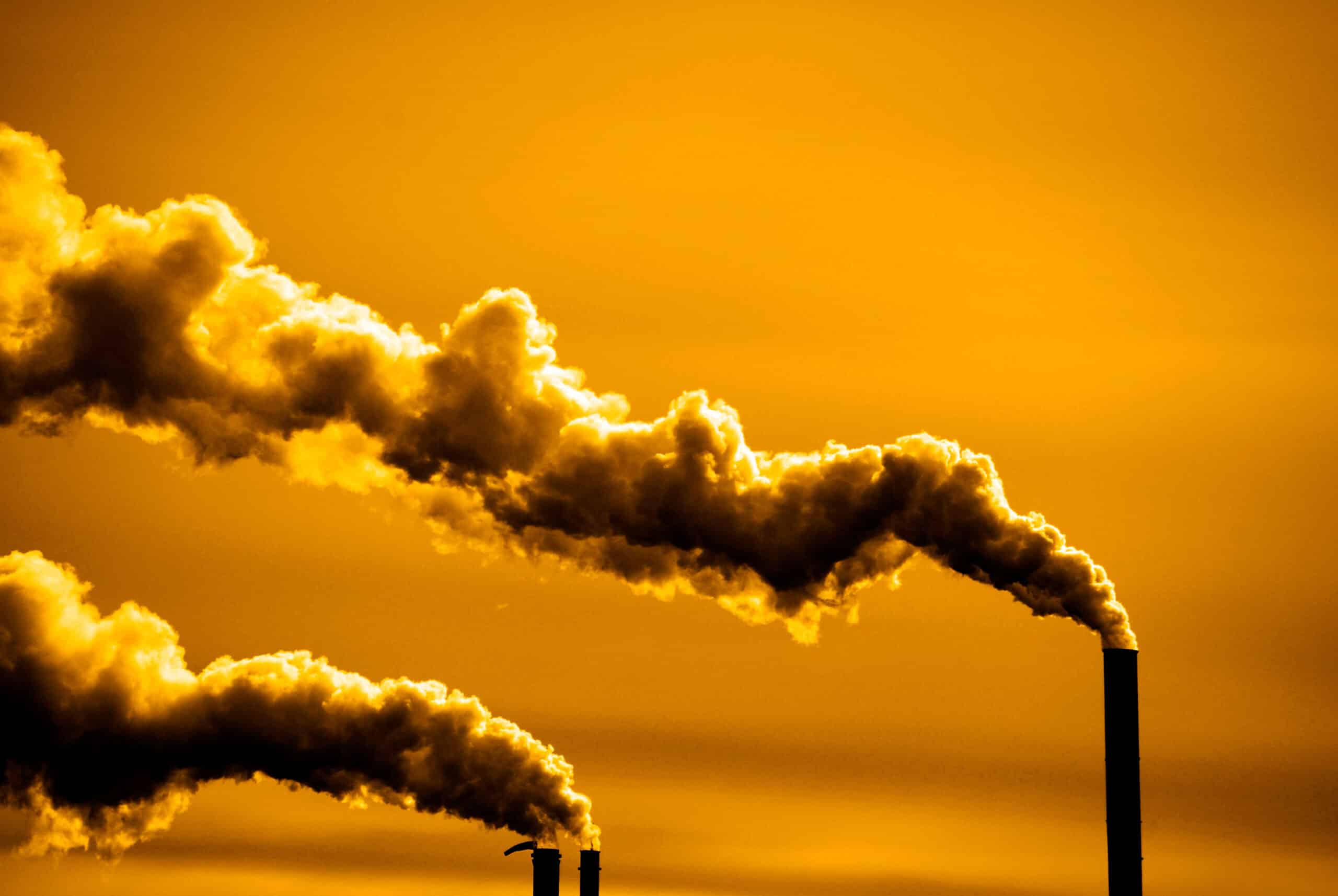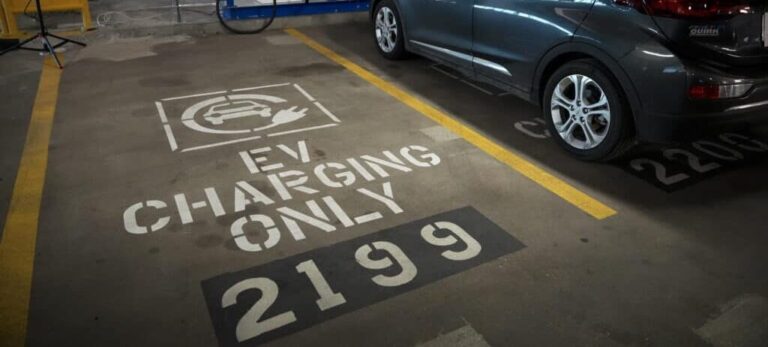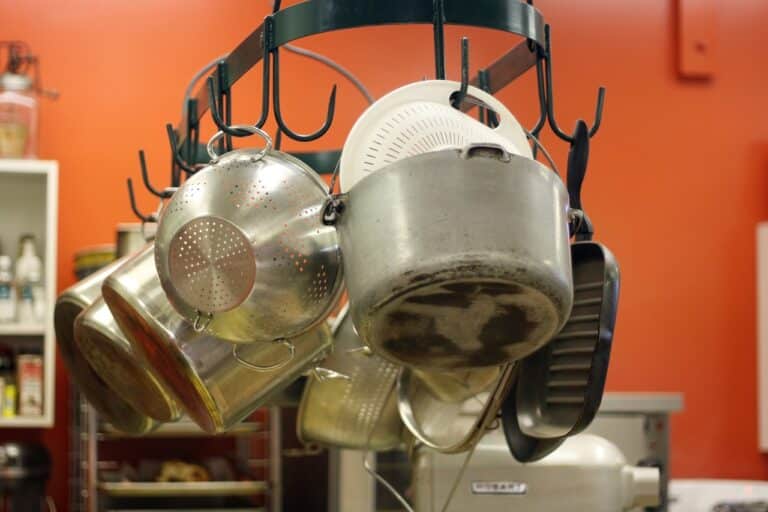Source: Arizona State University
Excerpt:
Around 200 years ago, people found they could extract oil and coal — two forms of carbon called fossil fuels — and burn them for energy.
In short time, our way of life came to depend on carbon-based fuel. Many of today’s amenities, like long-distance travel, buying food grown far away and lighting our homes, rely on this fuel.
But these innovations have a hidden cost. As we burn fossil fuels, we release carbon back into the air, bypassing a natural process that would have taken thousands of years.
From pre-industrial times to 2021, humans have added an extra 1.69 trillion metric tons to the atmosphere, and scientists estimate we added around 37 billion metric tons in 2022 alone.
CO2 naturally traps heat, so all that extra CO2 increases Earth’s average temperature. This has noticeably affected our climate and weather patterns. These changes increase flood and fire risk, threaten crops and food security, endanger vulnerable species, expose us to new diseases, and force people to leave their homelands.
Whether your top concern is making dinner for your family, protecting your health or paying your electric bill, that extra carbon dioxide affects you.
Efforts to decrease carbon dioxide in the air, called decarbonization, currently focus on two main areas: emitting less carbon dioxide, and removing it from the air. But these tasks aren’t simple — they involve many tightly connected systems, and success in one area depends on success in others.
Read more: Clearing the air: How we can fix the CO2 problem and make our lives better





